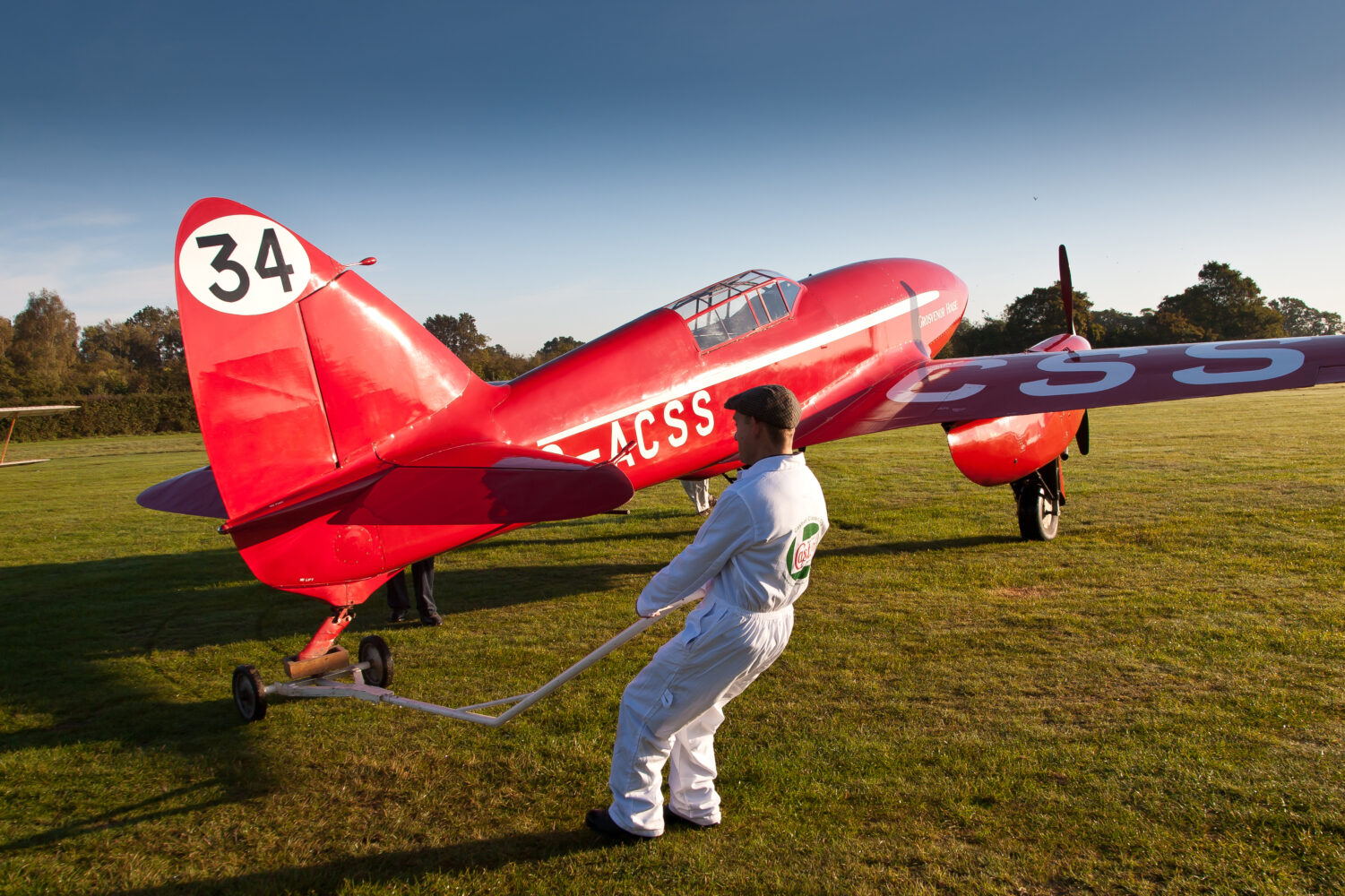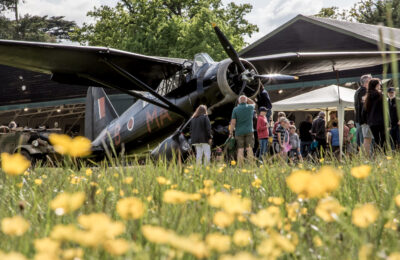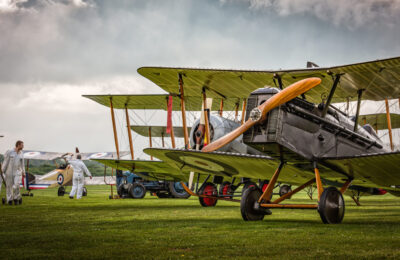On a misty October morning, 20 aircraft lined up along the airfield of RAF Mildenhall. Their plan? A multi-stage flight from the United Kingdom to Australia, first devised the year before by Sir Harold Gengoult Smith as the Lord Mayor of Melbourne, to celebrate the 100th anniversary of the Australian State of Victoria. The Lord Mayor approached Sir Macpherson Robertson, a wealthy confectionary manufacturer, to sponsor the race. Robertson accepted and provided the prize money of £15,000 (Roughly £900,000 in today’s money!) on the conditions that the race be named after his confectionary company, and that it was organised as safe as possible.
Soon orchestrated by the Air Race Committee and appropriate representatives, the course was set. Beginning at RAF Mildenhall to Flemington Racecourse over a distance of approximately 11,300 miles and five compulsory stops at Baghdad, Allahabad, Singapore, Darwin and Charleville; Otherwise the competitors could choose their own routes.
de Havilland looked upon the project as an opportunity to develop modern techniques while entering a prestigious event within the aviation community. Within the year, the engineering team managed to bring together all the elements of the modern high speed aircraft – stressed-skin construction, cantilever monoplane flying surfaces, retractable undercarriage, landing flaps, variable-pitch propellers and an enclosed cockpit within one airframe. The fruits of de Havilland’s labour led to three DH.88’s on the race line at Mildenhall: G-ACSP Black Magic, G-ACSR and G-ACSS Grosvenor House.
Arthur Edwards, a property developer, named his red Comet G-ACSS after the Grosvenor House Hotel, of which he was the managing director. He engaged C. W. A. Scott and Tom Campbell Black to fly it in the race.[20 Having landed at Kirkuk to refuel, they arrived at Baghdad after the Mollisons, who were leading the race in Black Magic, had left but took off again after a half-hour turnaround. Scott and Campbell Black missed out Karachi and flew non-stop to Allahabad where they were told they were the first to arrive, having overtaken the Mollisons. Despite a severe storm over the Bay of Bengal, in which both pilots had to wrestle with the controls together, they reached Singapore safely, eight hours ahead of the next competitor.
Losing power in the port engine over the Timor Sea they struggled on to Darwin. While mechanics were working on the engine its designer, Frank Halford, saw a news placard back in England and telephoned through to Darwin. Talking it over he concluded that, despite the warning indicator, they should be able to fly on at reduced power. Despite the setback their lead was now unassailable and after the final mandatory stop and more engine work at Charleville they flew on to cross the finish line at Flemington Racecourse at 3.33 p.m. (local time) on 23 October. Their official time was 70 hours 54 minutes 18 seconds.
After a brief stint within the RAF, and a hard landing, Grosvenor House was restored and with upgraded with Gipsy Six II courtesy of Essex Aero and made several race and record attempts under various names. It claimed fourth place in the 1937 Istres-Damascus-Paris race and 12th in the King’s Cup the next month. Later in the same year it lowered the out-and-home record to the Cape to 15 days 17 hours. In March 1938, A. E. Clouston and Victor Ricketts made a return trip to New Zealand covering 26,450 mi (42,570 km) in 10 days 21 hours 22 minutes. It passed once more into the hands of the RAF in 1943 before returning to de Havilland and eventually to the Shuttleworth Collection in 1965 before the restoration programme began in 1972 and ran until its completion in 1987. Since then, Grosevenor House has been a staple of Shuttleworth and surrounding UK air shows ever since.




